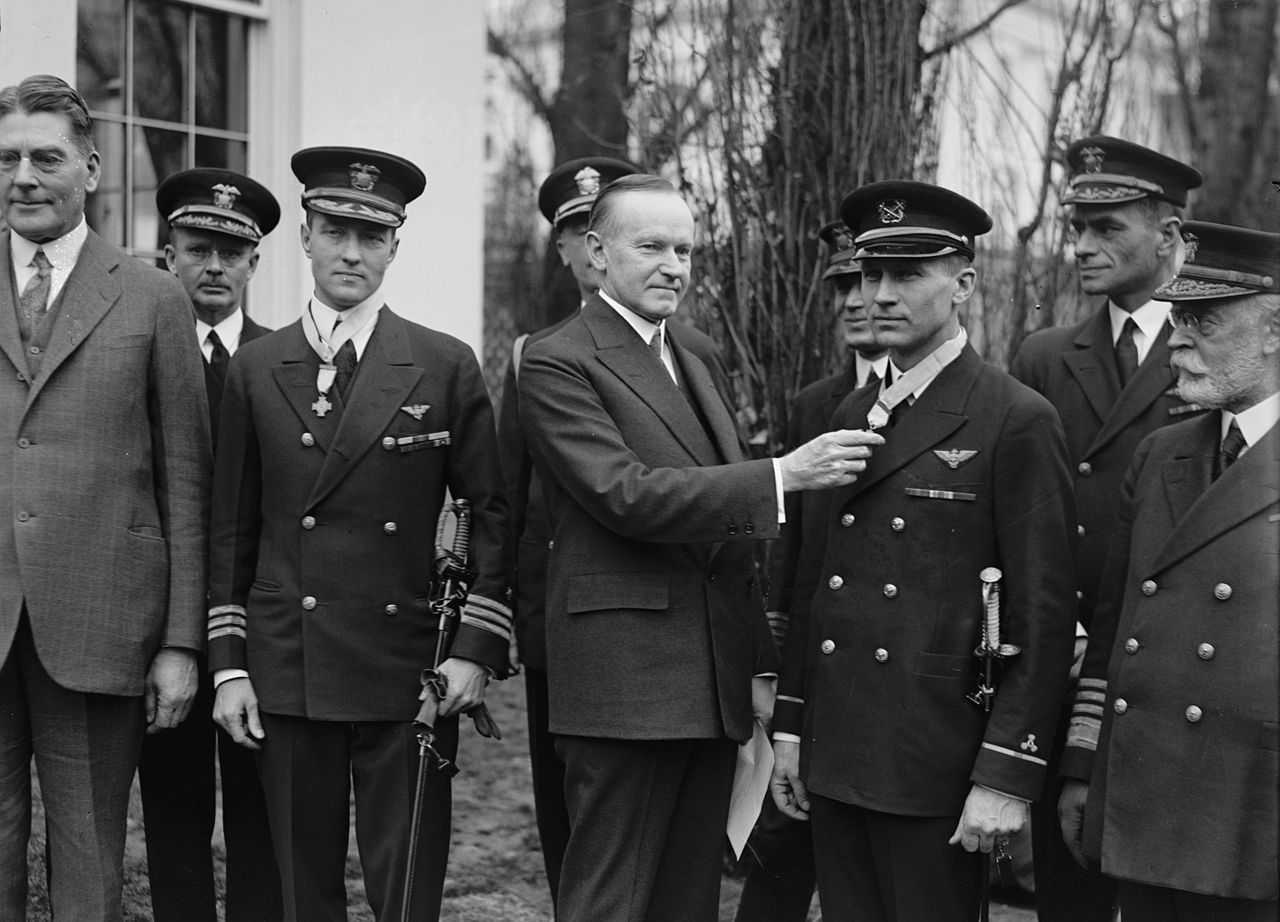May 9 in U.S. military history
[Featured image: future top Naval ace and Medal of Honor recipient David McCampbell (right) exchanges caps with Royal Canadian Air Force pilot Jerry Smith after Smith lands his Spitfire aboard USS WASP.]
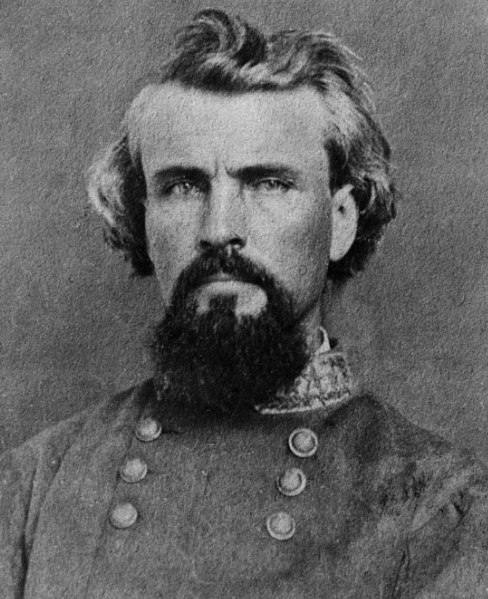
1865: After learning that General Robert E. Lee had surrendered the previous month, Confederate Lt. Gen. Nathan Bedford Forrest surrenders his men at Gainesville, Ala.. Forrest orders his men to “submit to the powers to be, and to aid in restoring peace and establishing law and order throughout the land.”
The infamous cavalry officer, whom Union general William Tecumseh Sherman would refer to as “that devil Forrest,” is considered one of the most brilliant tacticians of the Civil War; a remarkable feat considering he enlisted in the Confederate Army as a private with no prior military experience.
1926: Naval aviators Lt. Commander Richard E. Byrd and Chief Aviation Pilot Floyd Bennett take off from Spitsbergen, Norway and head north. In about eight hours, they will report that they have reached the North Pole, becoming the first men to do so by air.
Congress will award both men the Medal of Honor for their flight, which remains surrounded by controversy as Byrd is reported to have said that an oil leak in their Fokker Trimotor aircraft during the nearly 16-hour flight may have caused the explorers to turn around prematurely. However in three years, Commander Byrd will – without a doubt – fly over the South Pole.
1941: 40 Allied ships steam west across the Atlantic, right into the jaws of a waiting wolfpack of German U-boats. U-110 and U-201 make a coordinated attack on the convoy, sinking three freighters. British escort vessels score hits on both subs, sending U-201 back to German pens for repair. U-110 is forced to surface, and the captain orders his crew to abandon ship as it appears the destroyer HMS Bulldog is preparing to ram the sub.
British sailors quickly seize the opportunity to board the fatally wounded submarine instead, grabbing the Enigma cipher machine and German code book. The British can now read the German Navy’s traffic – a secret so closely guarded that the United States isn’t informed until 1943.
1942: 47 Royal Air Force Spitfire fighters launch from the deck of the American aircraft carrier USS Wasp and head for the island of Malta. When Canadian Pilot Officer Jerrold A. “Jerry” Smith notices that the long-range fuel tank necessary for him to reach the Allied airfield fails after takeoff, he circles around and requests permission to land on the carrier. Not being equipped with a tailhook for an arrested landing, Smith skids to a stop just six feet from the edge of the deck – making the first-ever carrier landing with a Spitfire.
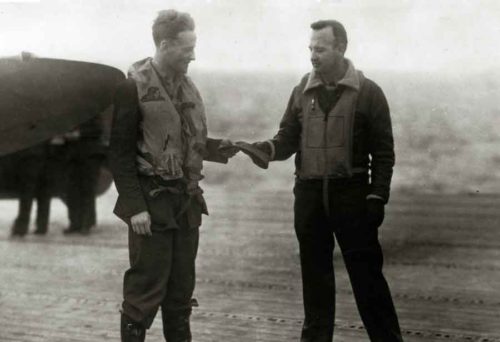
Landing signal officer David McCampbell awards Smith a set of Naval aviator wings for the feat. After Wasp is sunk in the Pacific, Lt. Cmdr. McCampbell forms Fighter Squadron 15 (VF-15) and goes on to become the top Navy ace of all time.
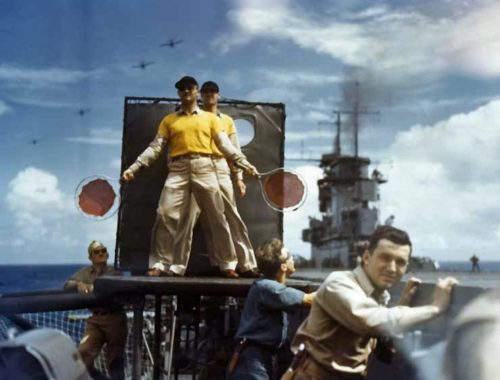
1997: 31 years after being shot down over Hanoi, former prisoner of war Douglas B. “Pete” Peterson returns – as the first Ambassador of the United States to the Socialist Republic of Vietnam. In 1966, Capt. Peterson was an Air Force F-4C Phantom II pilot on his 67th combat mission of the Vietnam War and would spend the next six-and-a-half years as a prisoner.
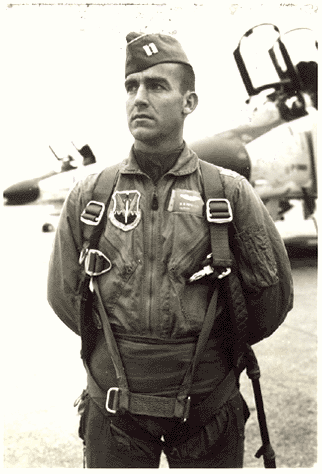
Upon taking office, Ambassador Peterson makes resolving the POW/MIA issue his top priority.
[Featured image: President Calvin Coolidge awards Lt. Cmdr. Richard E. Byrd (left of president) and Chief Aviation Pilot Floyd Bennett with the Medal of Honor for their North Pole flight.]
